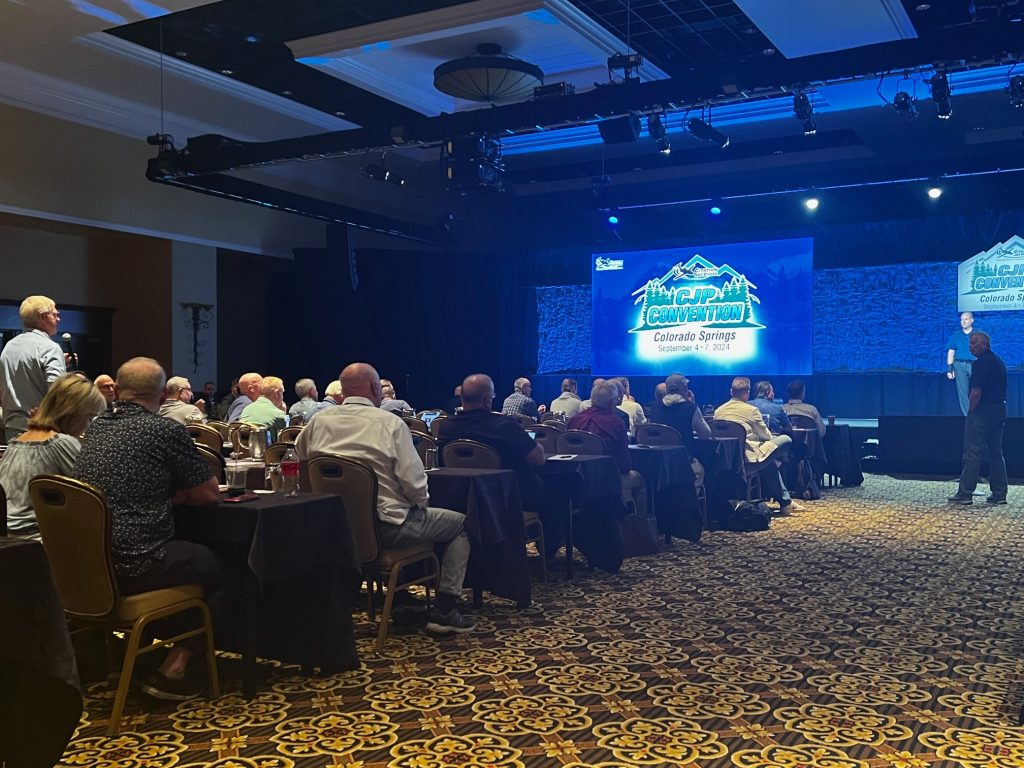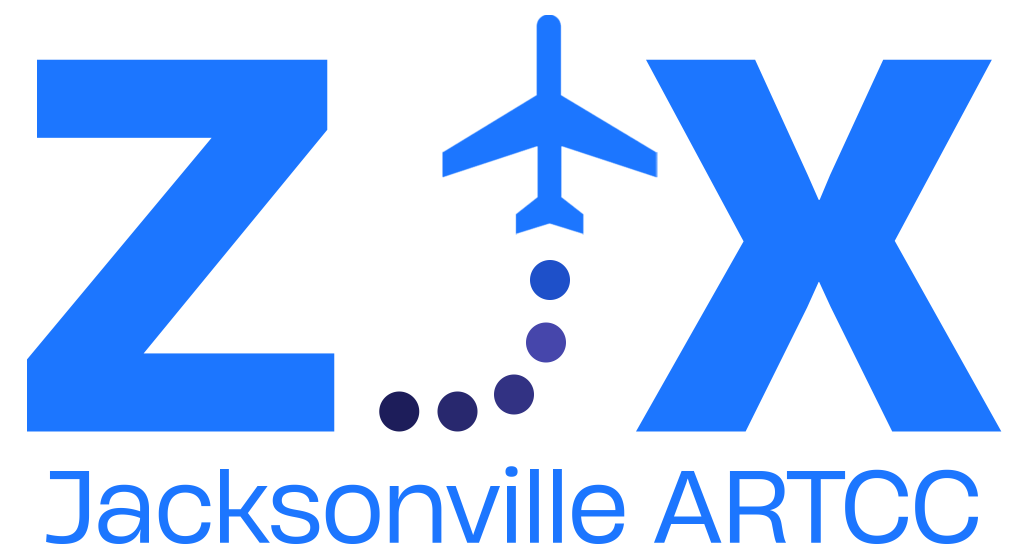Following the debut of his popular “Day in the Life of an Air Traffic Controller” session last year in Nashville, Jacksonville Center (ZJX) air traffic controller Luke Alcorn returned to CJP’s annual convention with additional insights from his experiences working the second-most active airspace in the U.S. (after Atlanta) and to answer questions from CJP members on operations in this complex and challenging environment.

ZJX manages a 150-nautical-mile-wide corridor spanning from the Gulf of Mexico to the Caribbean, including all traffic operating into and from central and south Florida. Alcorn – himself a CJ3 pilot – emphasized how operators can ease both his workload and reduce the likelihood of reroutes and delays, such as by filing initial planned standard terminal arrival routes (STARs.)
“We’ve also been working for many years to build new sectors in the Gulf of Mexico to better handle aircraft,” he said. “I currently work the Gulf of Mexico sector, which runs from the surface to infinity and averages anywhere from 40 to 50 airplanes at a time. We’re splitting that sector into an Ultra High [sector] from 37,000 feet and above.
“Miami and Houston have already split their sectors,” he continued, “so the throughput for the Gulf of Mexico starting in November and December should be a lot better than it was, just because we’re gonna have more sectors and more controllers to be able to work that airspace.”
Speaking of available controllers, Alcorn acknowledged his facility and others across the national airspace system continue to face staffing challenges. “We’re still woefully understaffed,” he said. “Six-day work weeks, 10-hour days, but we’re slowly crawling our way up out of the hole. We’re up to about 220 controllers right now; we’re slated to be at 300,” though Alcorn added there are also 70 trainees at ZJX currently going through the 3–4-year certification process.
Alcorn also addressed the impact of airspace flow programs (AFPs) and the importance of understanding the reasons behind them. He encouraged Citation pilots to utilize the FAA’s NAS Status website, which provides detailed playbooks and training materials for understanding the FAA command center’s operations. The site offers the latest information on AFPs, traffic management initiatives (TMIs) and expect departure clearance times (EDCTs) to better inform their flight planning.
Many audience questions focused on their experiences with those initiatives, including questions about ATC instructions to descend below FL180 hundreds of miles from their destination – significantly increasing fuel consumption – and when to utilize offshore routes that may or may not ease congestion and reroutes.

“Anything south of Wilmington (North Carolina) you’re usually better off not going offshore,” Alcorn said. “We don’t actually use the AFPs northbound, because everything coming into Miami and South Florida is usually turning back out. We try not to double-hit you with delays. But they do impose departure gate restrictions out of South Florida to slow traffic down again.”
Other tips Alcorn shared include filing flight plans as early as possible; waiting to file IFR once airborne when departing from an uncontrolled airport; and to utilize controller-pilot datalink communication (CPDLC) to reduce frequency congestion in centers supporting the in-cockpit texting functionality.